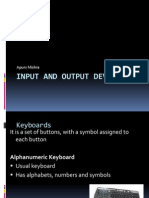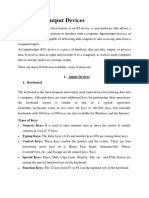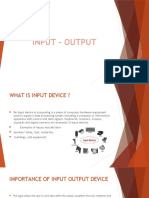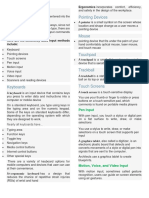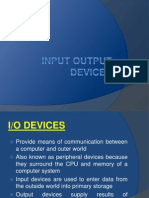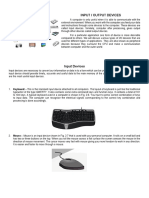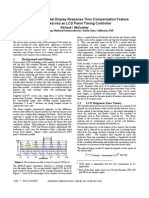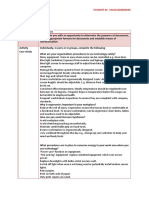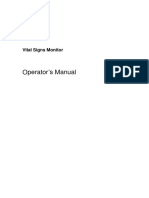0% found this document useful (0 votes)
7 views26 pagesInput Devices: Keyboard: By:Navrudan Types
The document provides an overview of various input and output devices, detailing types of keyboards, mice, light pens, and other input technologies like OMR and biometric sensors. It also covers output devices such as monitors and printers, explaining their functionalities and differences. Each device is categorized and described to highlight its purpose and usage in computing.
Uploaded by
novakCopyright
© © All Rights Reserved
We take content rights seriously. If you suspect this is your content, claim it here.
Available Formats
Download as DOCX, PDF, TXT or read online on Scribd
0% found this document useful (0 votes)
7 views26 pagesInput Devices: Keyboard: By:Navrudan Types
The document provides an overview of various input and output devices, detailing types of keyboards, mice, light pens, and other input technologies like OMR and biometric sensors. It also covers output devices such as monitors and printers, explaining their functionalities and differences. Each device is categorized and described to highlight its purpose and usage in computing.
Uploaded by
novakCopyright
© © All Rights Reserved
We take content rights seriously. If you suspect this is your content, claim it here.
Available Formats
Download as DOCX, PDF, TXT or read online on Scribd
/ 26









